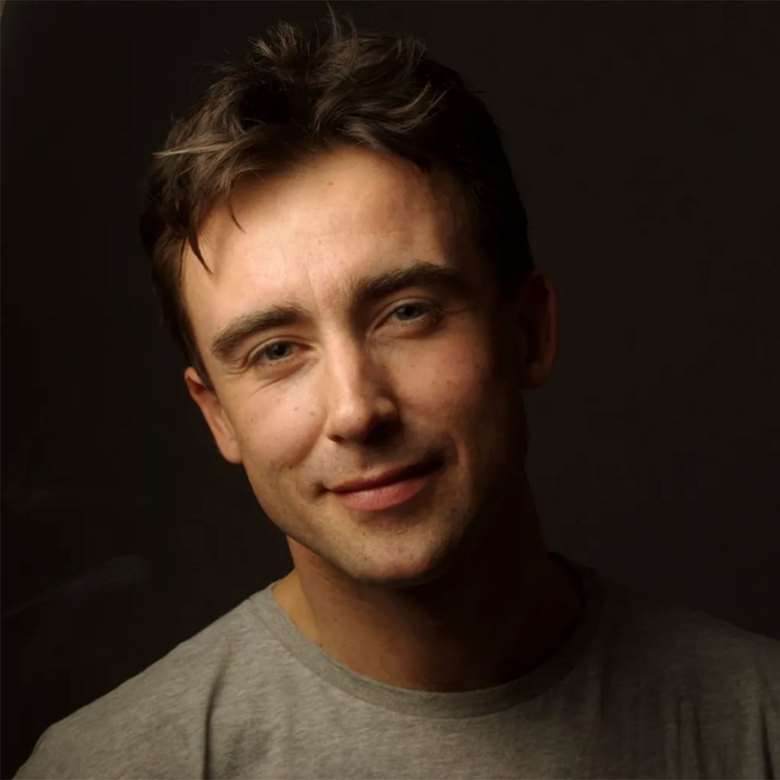Pierre Boulez thought that the string quartet was dead. I beg to differ...
Joseph Phibbs
Friday, November 1, 2024
It’s heartening to see – some 250 years after Haydn’s first forays – so many composers still writing for string quartet

Pierre Boulez, when asked why he’d not written a string quartet, is said to have replied, ‘The string quartet is dead’. While it's true that fewer composers now see the genre as a central part of their output, during Boulez's lifetime alone composers as different as Shostakovich, Dutilluex, and Bartók found new ways to breathe life into the medium, creating works that have since become staples of the modern canon.
Among my favourites from the last century are those by Britten, which testify to the fact that a mere four string instruments can still produce an extraordinary array of colours in music that is new yet never alienating. The opening of his String Quartet No 1 (1941), for example, is unlike anything that had come before, as radical in its own way as Ligeti's music from the 1960s. I remember hearing it for the first time, aged 14 – a soft cluster of sustained high notes slowly rising to dizzying heights above low pizzicato arpeggios – and being both entranced and confounded. It was disorientating, even unsettling, like catching strains of music from another planet, and yet at the same time conjoured images of unspeakable beauty and wonder. To this day it leaves me awestruck. In his Second and Third Quartets, the very forms and techniques used by Haydn and Mozart – passacaglia, ostinato, fugue – are taken up in compelling new ways, his valedictory final quartet having an almost mystical power in performance.
Today, many professional quartets tread a delicate path when programming new pieces alongside standard repertoire, this impacting both commissioning and performance opportunities for composers. I’ve been fortunate to work closely with the Piatti Quartet, one of the finest quartets around, for over ten years, an association that started with their commissioning my First Quartet back in 2014. Since then they have performed the piece some 50 times, and recorded it for Champs Hill Records in 2018. Their enthusiasm encouraged me to continue exploring the genre, and – a decade later – it has been both a privilege and pleasure to write my Fourth Quartet for them, a work premiered at this year's Presteigne Festival and later at Kings Place, London. After a year of rehearsing and recording, they have now released an album of my Quartets Nos 2-4.
Having studied the cello as a child, I’ve always felt a special affinity with string music. It was perhaps not surprising that Britten would be an inspiration when I embarked on this decade-long journey, though – following my early conversion to his music – other influences were now in the mix, including Lutosławski and Eastern European folk music. However, when the Navarra Quartet commissioned my Second Quartet in 2015, coming so close after the First it proved particularly challenging. Unlike the fragmented form of No 1, where duos are interwoven among the main movements, this work returns to a more traditional four-movement form. It also reverses the pacing of No 1, starting and ending with fast music, rather than slow chordal textures.
The Third Quartet is dedicated jointly to my former teacher Steven Stucky and the Belcea Quartet, who commissioned and premiered the work at Carnegie Hall in 2019. It’s the most substantial of the three quartets featured on the new Piatti CD. Framed by a slow and reflective introduction and coda, the opening movement, ‘Illuminations’, is an evocation of city lights, which finds expression in changing patterns of figuration – a nod to the city in which it was premiered, where I spent a good deal of time while studying in the US. By contrast, No 4 – whose first movement, ‘Film Sequence’, is inspired by the world of cinema – is far more contained, each of its short five movements acting as a type of character piece, whose boundaries are tightly controlled.
Much of my music is inspired by light and landscapes (as well as cityscapes), these elements drawn from places in the past that have been especially important to me, including Ithaca (NY), New York City, and London. Night Paths, a work for saxophone and piano, written for Huw Wiggin and Noriko Ogawa in 2021, aims to convey both the wonder and sense of isolation a city can bring, a feeling summed up poignantly by the writer Nicholas Heiney (1982–2006), whose poems I’d discovered some years earlier: ‘Remember how the streets ring out for every soul that thought and felt and passed through them in weakness and in strength’. In other recent works I’ve alluded to earlier music, a recent example being the central movement of my Cello Sonata, Ghost Dance, which moves its way towards, and then away from, an Elizabethan pavane. This work, commissioned for Guy Johnston, was premiered at Hatfield House (childhood home of Elizabeth I) as part of the festival there in 2021, the pavane providing a link to this very special setting.
While it's always challenging to come up with new approaches to the quartet medium, working with performers as dedicated and open-minded as the Piattis makes the effort worthwhile. I’ve been especially fortunate to have the opportunities to embark on this exploration, and this album of quartets, enabled by the generous support of the Richard Thomas Foundation, marks the culmination of a decade-long association with the Piattis, one of the happiest and most creative of my career so far.
Going back to Boulez’s bleak pronouncement, it’s heartening to see – some 250 years after Haydn’s first forays – so many composers still writing for string quartet. Providing performers are willing to take the risk, this most classical of genres promises to be preserved not as a revered relic of the past but rather as a living and endlessly fascinating medium.







